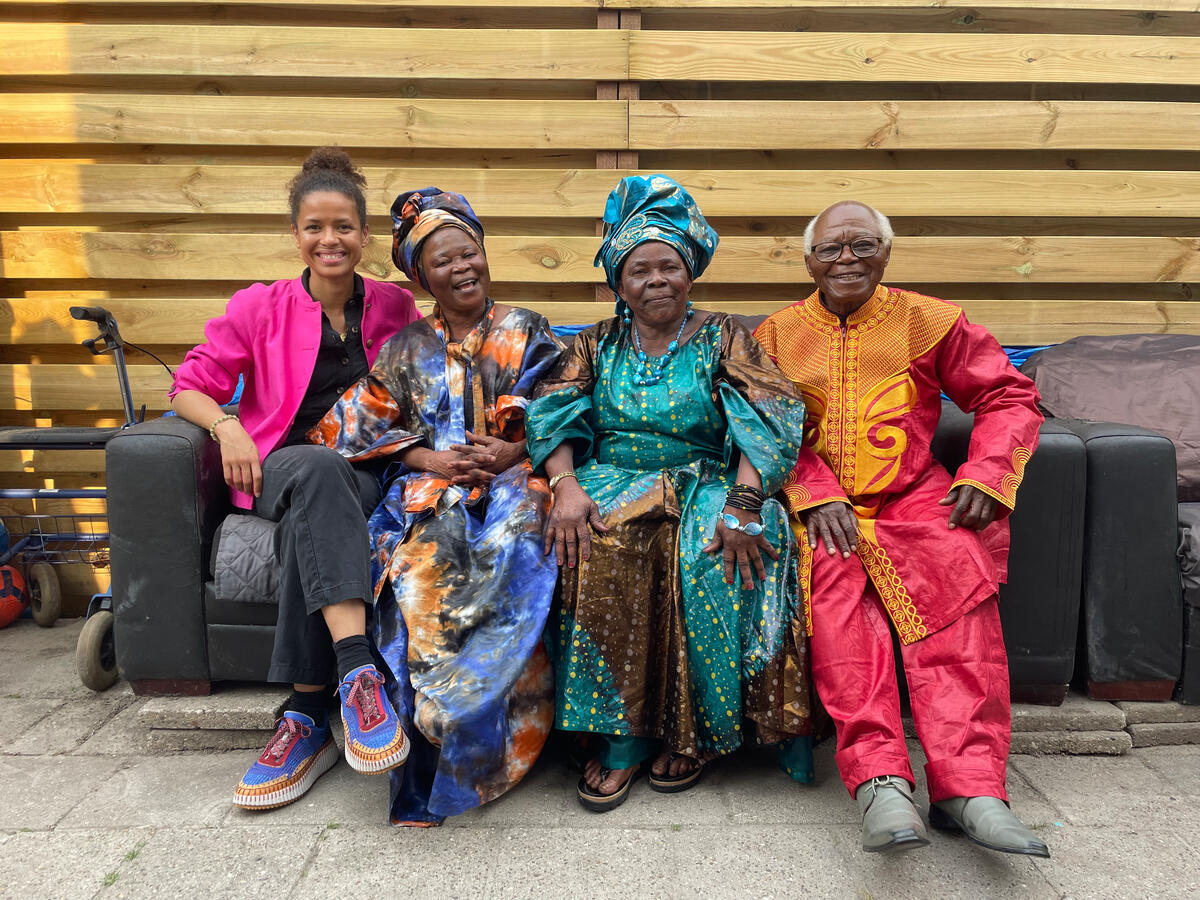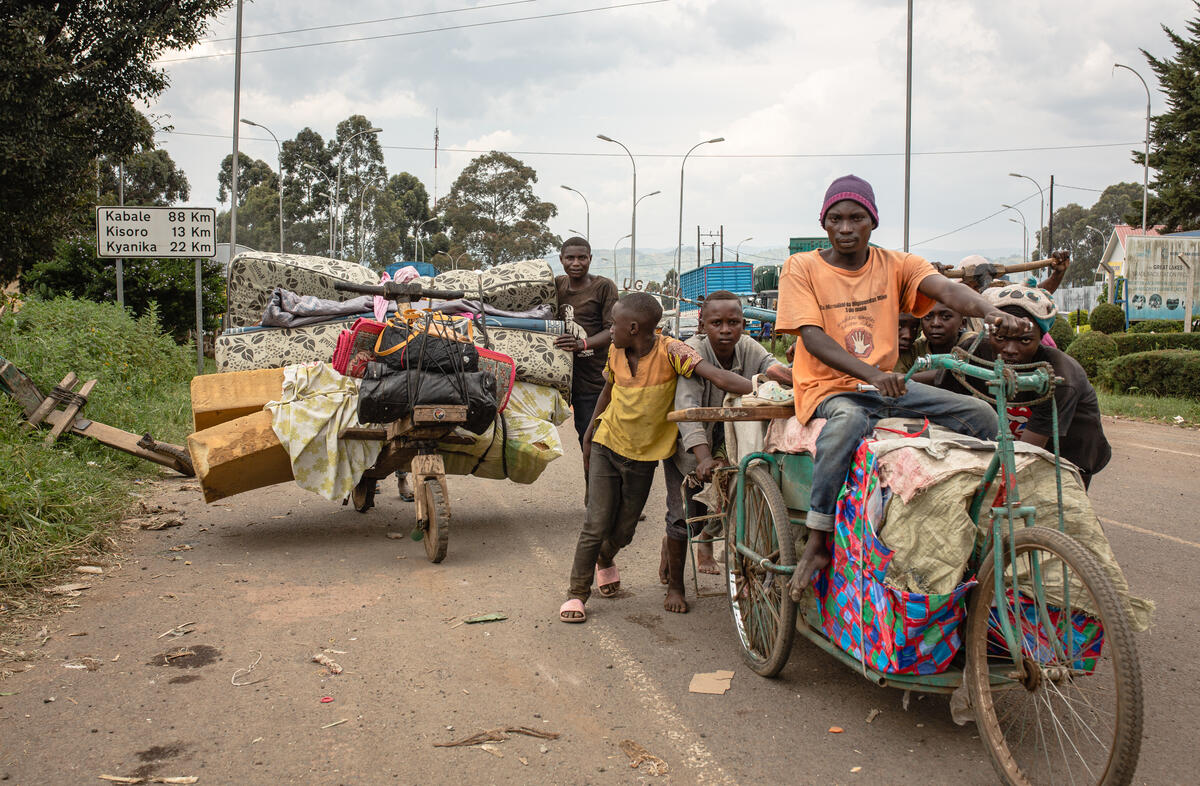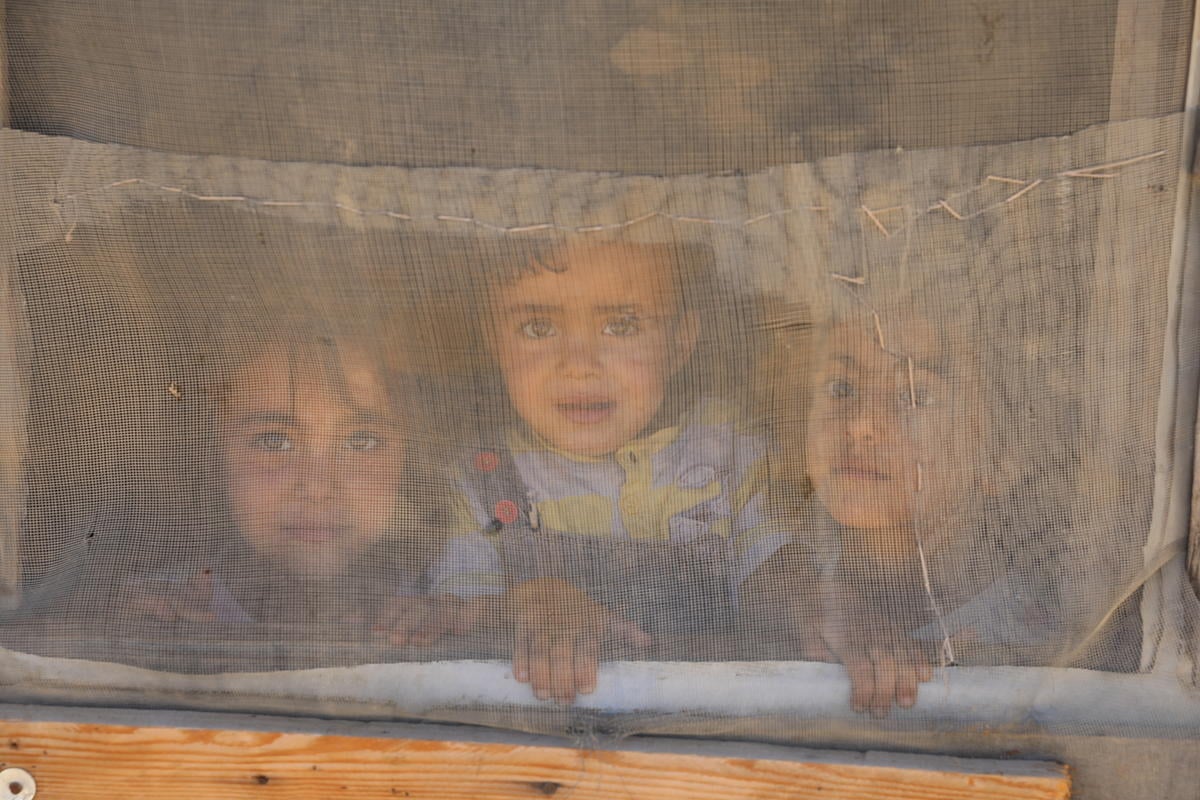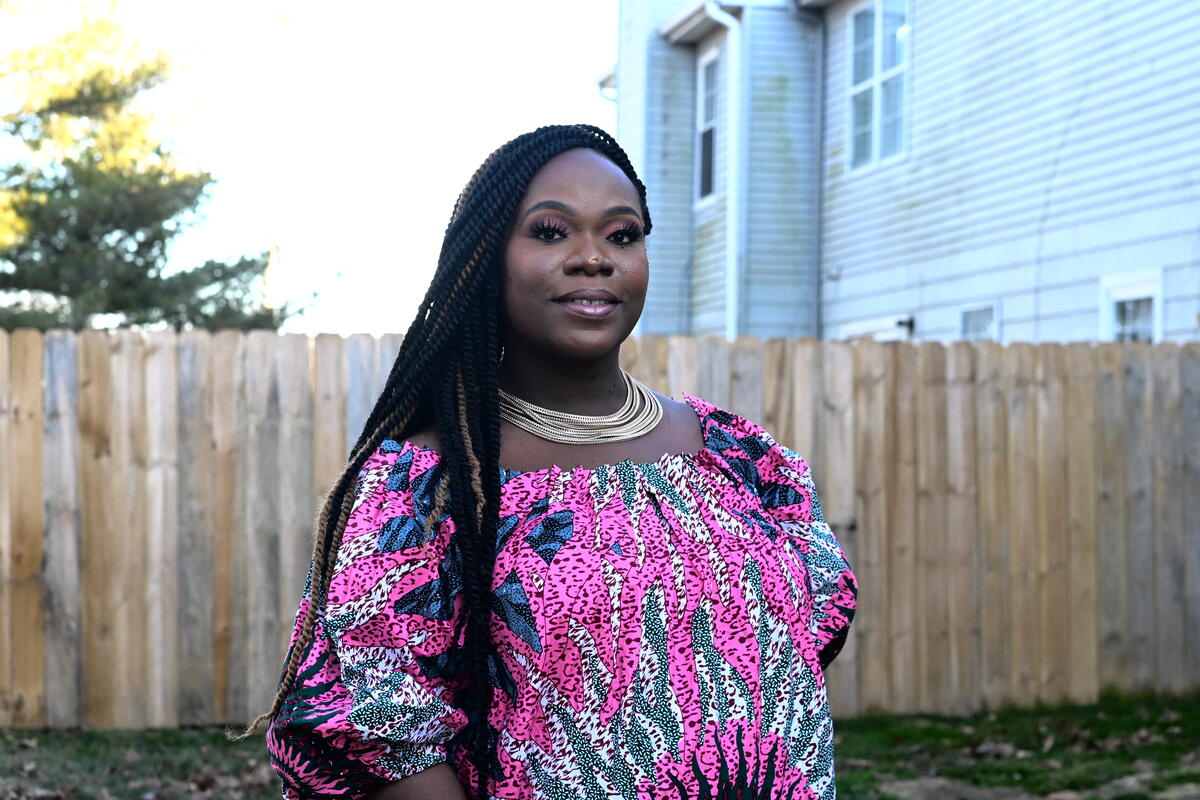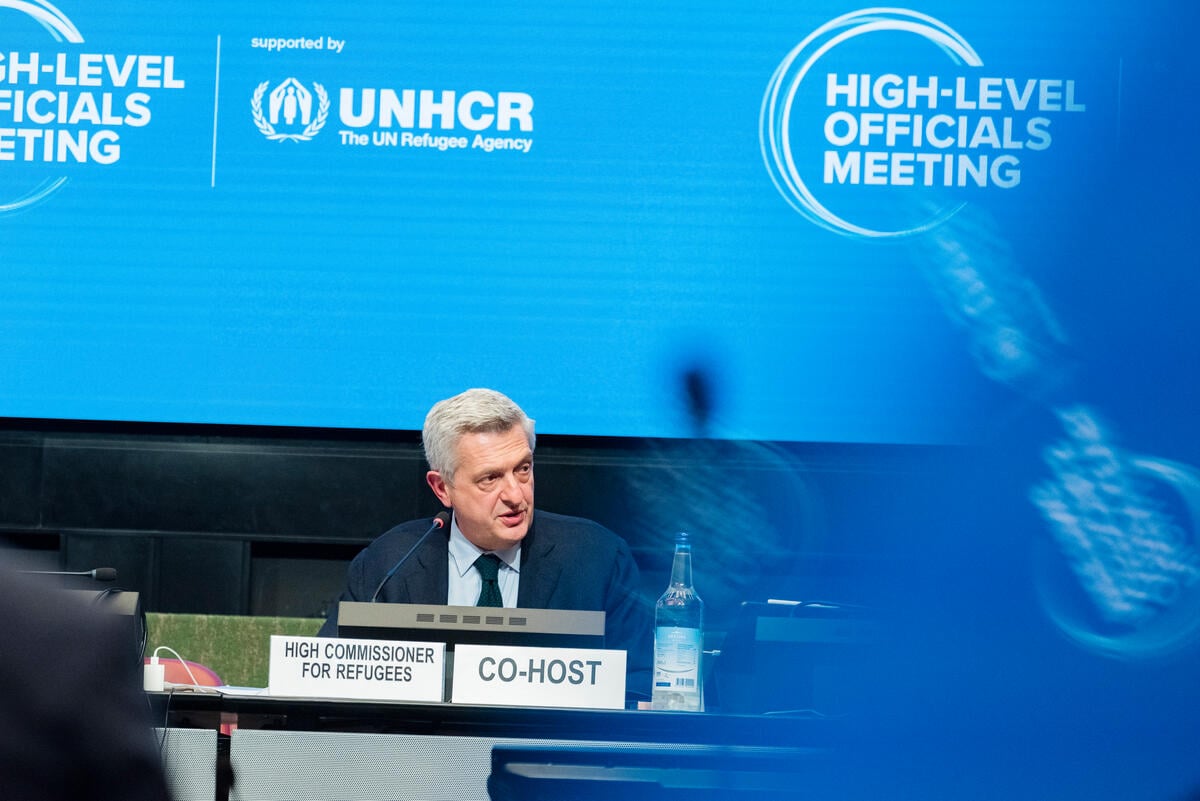Resettlement programme for refugees in Nepal passes 40,000 mark
Resettlement programme for refugees in Nepal passes 40,000 mark

KATHMANDU, Nepal, December 13 (UNHCR) - A programme launched three years ago to resettle tens of thousands of refugees from camps in eastern Nepal on Monday passed the 40,000 mark.
Devi Maya Gurung was named as the 40,000th refugee to be resettled from Nepal shortly before stepping onto a plane at Kathmandu's Tribhuvan International Airport to start a new life with her family in the United States.
She was among a group of 198 refugees originating from Bhutan to be resettled. They flew out a day before UNHCR celebrates its 60th anniversary.
The mother of four, Devi Maya, had been living in the Beldangi One camp since 1992 after fleeing from ethnic tension in Bhutan. "I was confused about my future when we first applied for resettlement. After having gone through the process and the cultural orientation I am reassured that we will do well," the 39-year-old said.
"This is a tremendous achievement which would not have been possible without the strong support of the government of Nepal and the countries of resettlement," said Stephane Jaquemet, UNHCR's representative in Nepal, at a ceremony organized by the refugee agency and the International Organization for Migration (IOM) in Kathmandu.
Under a programme launched in November 2007, refugees originating from Bhutan have been resettled in eight countries, most of them - 34,129 - to the United States. The other resettlement countries in rank are Canada, Australia, New Zealand, Norway, Denmark, the Netherlands and the United Kingdom.
The UN refugee agency is responsible for interviewing people and referring names to resettlement countries, while the IOM conducts health assessments, organizes cultural orientation courses and transports the refugees from the seven camps in eastern Nepal to their countries of resettlement.
"Our job is to ensure that refugees depart as quickly as possible," said IOM's David Derthick. "Once a refugee family has made the decision to apply for resettlement, they're anxious to start their new life as soon as possible."
At the start of the resettlement programme, there were 108,000 refugees from Bhutan residing in the camps in eastern Nepal's Jhapa and Morang districts, some of whom had been there for almost two decades.
Of the 72,000 remaining in the camps, about 55,000 have expressed an interest in resettlement and are expected to depart within the next four years. "We continue to receive a steady stream of expressions of interest for resettlement," Jaquemet said. "And the positive aspect of this resettlement programme is that the acceptance rate by the countries of resettlement is 99 per cent, the highest in the world," he added.
"I am very happy to get this opportunity. I hope my family will get a better life in the United States," said 43-year-old Dhan Kumar Ghataney, who also left Monday for the US with his wife and two children. "I am optimistic that I will find employment and my children will get a better education," he added.
While resettlement is currently the only available option for refugees in the camps in eastern Nepal, UNHCR, together with the international community, will continue efforts to achieve comprehensive and lasting solutions to the plight of refugees from Bhutan, including voluntary repatriation as and when return conditions permit.
By Pratibedan Baidya and Nini Gurung in Kathmandu, Nepal


